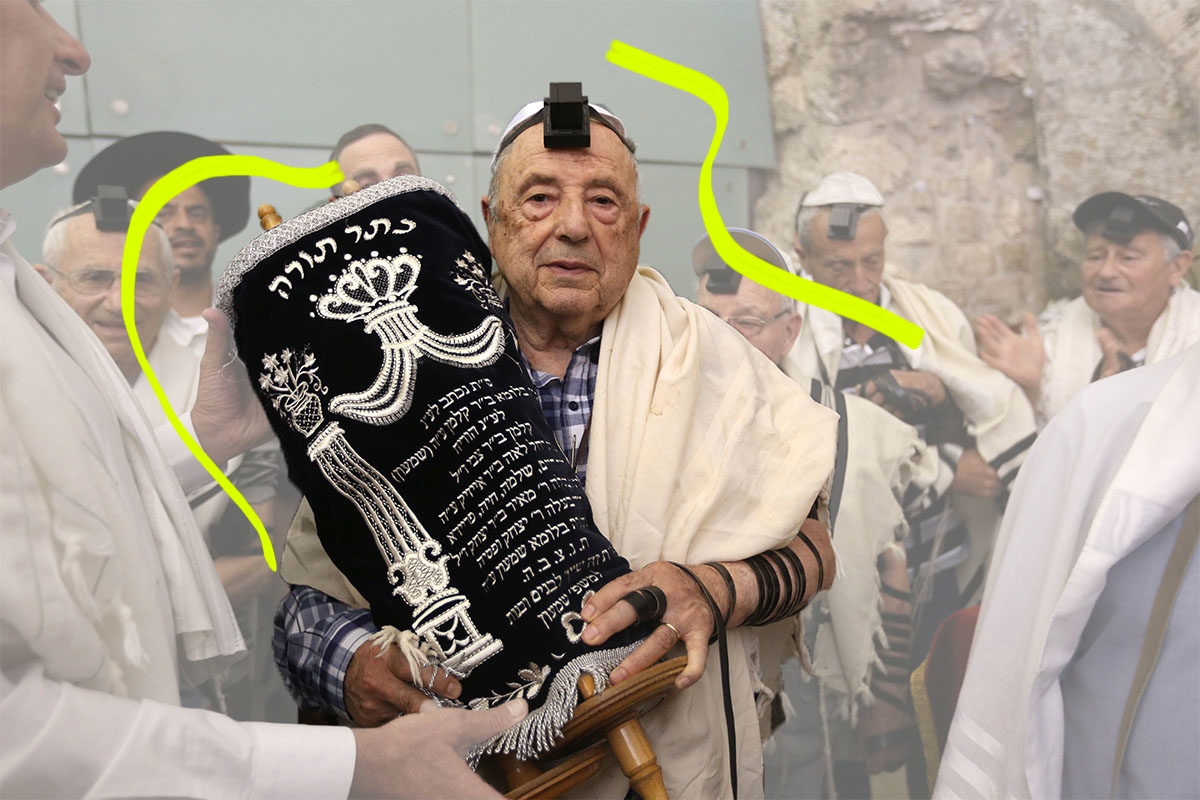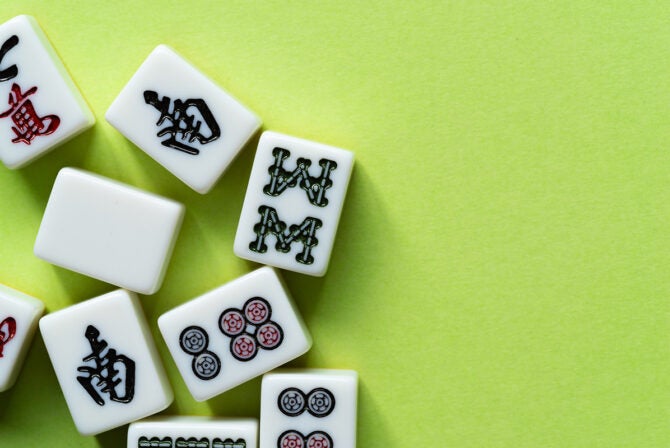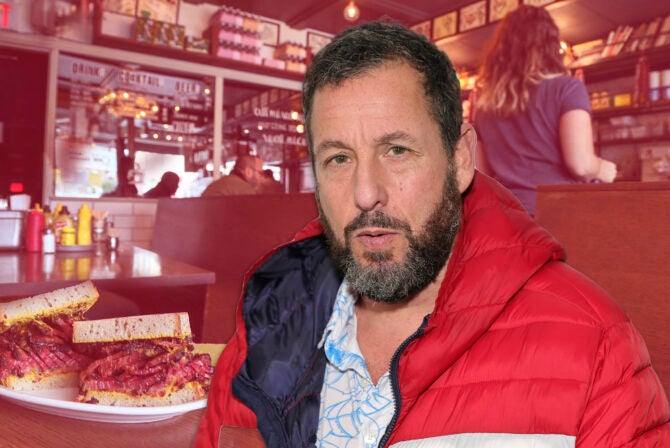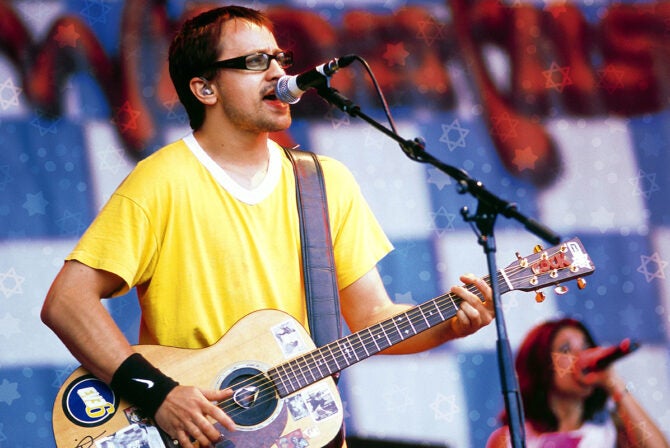Mordechai “Murray” Miller, 88, was sick, and he wasn’t getting better. It was October, 2019, and, for the first time ever, he wouldn’t hear the shofar blow on Rosh Hashanah.
Distraught that he was missing the High Holidays, Miller’s son told their rabbi about his father’s predicament. Rabbi Mendel Teldon of Chabad of Mid-Suffolk in New York was happy to help — he went to Miller’s house and blew the shofar.
As the two schmoozed, Rabbi Teldon learned that Miller never had a bar mitzvah. Why? Because when he turned 13, the age that marks a Jewish boy’s manhood, he was a partisan hiding in the Polish woods during the Holocaust.
“He never had the opportunity to mark [his bar mitzvah],” Teldon said.
But, thanks to the rabbi’s help, some 75 years later, Miller finally celebrated the traditional bar mitzvah he’d dreamed of. He was extremely sick, but he nonetheless achieved this Jewish rite of passage.
“It was a tremendous, tremendous moment,” Teldon remarked.
Miller is just one of hundreds of Holocaust survivors in recent years who have celebrated this coming-of-age ritual at a late stage. Just earlier this month, another 80 survivors across Israel gathered at the Kotel to take part in the symbolic ceremony. Months earlier, in November, 80 survivors from France also traveled to the Kotel in conjunction with the Jewish Agency’s Educational arm, Israel Experience, and France’s United Jewish Social Fund for their own celebration. At a Los Angeles Jewish senior care center last summer, people were turned away from a packed event that celebrated survivor Edith Frankie’s bat mitzvah.
As we commemorate the 75th anniversary of the liberation of Auschwitz, this trend is a beautiful thing, to be sure. While a boy automatically becomes a bar mitzvah, or a man, when he turns 13 — and a girl becomes a bat mitzvah, or a woman, when she turns 12 — the preparation that precedes the bar/bat mitzvah ceremony marks a “spiritual coming of age that mirrors the physical, intellectual, and emotional milestones of the new teenager,” according to MJL. Jewish adults, like converts, who missed the “spiritual coming of age” may undergo a year or two of Torah study to publicly reclaim that spiritual heritage they didn’t have the opportunity to experience as tweens.
But why are Holocaust survivors affirming their attachment to Judaism now? As the number of survivors dwindle, what force is compelling them to commemorate a milestone they’ve long past?
“It helps build the memory of the Shoah by highlighting the resilience and importance of Jewish identity,” Carlos Reiss, director of the Curitiba Holocaust Museum in Brazil, told our sister site, JTA.
According to Teldon, these Holocaust survivor bar mitzvahs aren’t about the ceremony itself. Rather, it’s about completing something that automatically happened decades ago — being a bar/bat mitzvah isn’t something you do, but something you become, he said. “The moment you breathe on your 13th birthday your soul is activated,” he said, adding about MIller’s bar mitzvah, “I thought it’d be a nice thing in the context of tying up loose ends and things that were left undone throughout his life.”
Though he was extremely sick when he was lifted on a chair at his bar mitzvah party, Miller’s face gleamed with happiness. “You can see in his eyes the pride, the happiness of something that, well, I guess was sitting in the back of his mind for 70 years,” Teldon said.
A month after his bar mitzvah, Murray died. Perhaps he was waiting for those loose ends to be tied up.
Reiss confirmed with JTA that these survivor bar and bat mitzvah ceremonies have become a trend in recent years. But the ways in which these survivors mark the occasion can vary widely: Some survivors mark the coming-of-age ceremony on their own, while others opt for group celebrations organized by non-profits. This past December, for example, the Claims Conference, along with the Association of Romanian Olim in Haifa and the Western Wall Foundation, brought over 50 Romanian Holocaust survivors to the Kotel for a group b’nai mitzvah.
Among the bunch was Rachel Kivetz, who lost a toe during a pogrom in Romania. When asked how she felt about celebrating her bat mitzvah, she said she felt “blessed.”
“I feel like a 12-year-old child again,” Kivetz told the Jerusalem Post. “It’s just amazing.”
Last November in Brazil, Auschwitz survivor Andor Stern, 91, celebrated his bar mitzvah at Sao Paulo’s oldest synagogue on the 81st anniversary of Kristallnacht. And on that same day Fred Behrend, 93, had his second bar mitzvah in New Jersey.
“My first bar mitzvah was in a schoolroom in Cuba with only 20 people, and the only gift I got was a used prayer book,” Behrend told Kveller. “Comparing this to the second bar mitzvah, the circumstances were so different. It was a very happy occasion, and it is an event I will never forget.”
Before his father was arrested and sent to Sachsenhausen, he slipped a yad he found near an old synagogue into his pocket. Upon striking a deal with the Nazis, Behrend’s father was released from the camp, under the condition that he liquidated his business and fled Germany with his family immediately. Before moving to the States, the survivors moved to Cuba for a year, in which Behdrend celebrated his first bar mitzvah.
That same yad, 80 years later, that his father stashed was used at Behrend’s second bar mitzvah.
“It all wove together as a beautiful, meaningful way to prove Hitler did not win,” Larry Hanover, a bar mitzvah tutor who co-authored Behrend’s memoir, Rebuilt from Broken Glass: A German Jewish Life Remade in America, told Kveller.
Montreal-based survivor Johnny Jablon’s bar mitzvah celebration in 2018 encapsulates the importance of this trend among survivors. Born in Poland, Jablon, 93, never completed his bar mitzvah — he was in the midst of studying for the ceremony with his rabbi when the war broke out. As he was shuttled from various concentration camps, Jablon lost his entire family, including 16 aunts, uncles, and cousins.
After moving to Canada after the war, Jablon was vehemently against ever returning to Poland. But after his wife, Sally, died, his friend encouraged him to go on a March of the Living trip led by Rabbi Pinny Gniwisch.
Gniwisch convinced Jablon to pick up where he left off and complete his bar mitzvah at the very synagogue he grew up attending. “This is your revenge,” Gniwisch told Jablon, as the International March of the Living reports. “You owe it to yourself to reclaim what was taken from you.”
So, he did it. Jablon celebrated his bar mitzvah in the Tykocin synagogue surrounded by joyous faces.
“It was surreal,” said Gniwisch. “We were in a shul that once had 4,000 members — all murdered in one day. Yet here it was, 79 years later, being used again, to help a survivor reclaim what was stolen from him.”
Following the ceremony, congregants danced around Jablon as he smiled with pride. “That is how you fight anti-Semitism,” he said. “By showing Jewish pride through education.”
These bar/bat mitzvahs are not only important for the survivors themselves, but for current and future generations. The mantra “never again” may seem overplayed in the Jewish community, but a new survey shows that most Americans don’t know that 6 million Jews died in the Holocaust. This grave data illustrates the chronic need for Holocaust education and storytelling, and in the face of rising anti-Semitism, bar/bat mitzvahs for Holocaust survivors, no matter their ages.
Image by Menahem Kahana/Stringer via Getty Images








